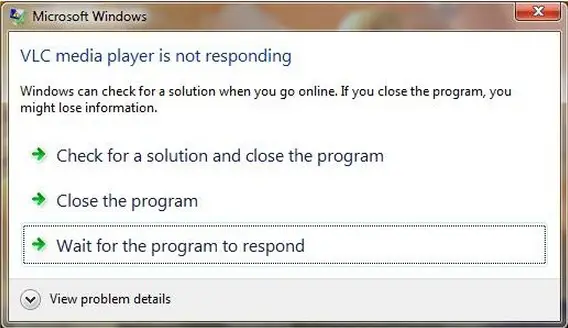


But, how do you compress a video file without losing quality? You attach it to your email and immediately get a pop up that says “file size too large.” Irritating no! Let’s face it, compressed videos mean reduced bandwidth usage and upload time, and less buffering on your viewer’s end too. Or perhaps you want approval from a client.

You want to now send it to a collaborator. You can check if your version of ffmpeg supports hardware encoding with the command "ffmpeg -codecs | grep 264" and looking for the gpu related encoder options.So, you just created an awesome video. If you have an Nvidia graphics card, you can see if it supports h264 encoding here: Plus this keeps CPU load relatively low when the videos are generated. Anyway, the quality of saved videos is quite good & the file sizes are quite small, considering the resolution & number of frames involved.

The cams I use are 1280x720 and I've configured them in ZM as B&W. Depending on your cpu, you probably will have to change the "-threads" option accordingly - or drop the option completely. I do this to limit cpu utilization during encoding as h264_nvenc still uses some cpu - mostly for i/o when streaming data to/from the gpu. I have a 6 core, 12 thread cpu, so in the above I explicitly allocate just 4 threads to ffmpeg. So the above results in h264 mp4 video files being created. I have the default format set as "mp4" in FFMPEG_FORMATS. So, I offload h264 video creation to the GT-730's gpu with this FFMPEG_OUTPUT_OPTIONS setting: The version of ffmpeg in the 18.04 repo supports h264_nvenc. My Ubuntu 18.04 ZM server (1.30.4) has a fairly low-end Nvidia GT-730 graphics card - but its gpu does support h264 encoding.


 0 kommentar(er)
0 kommentar(er)
